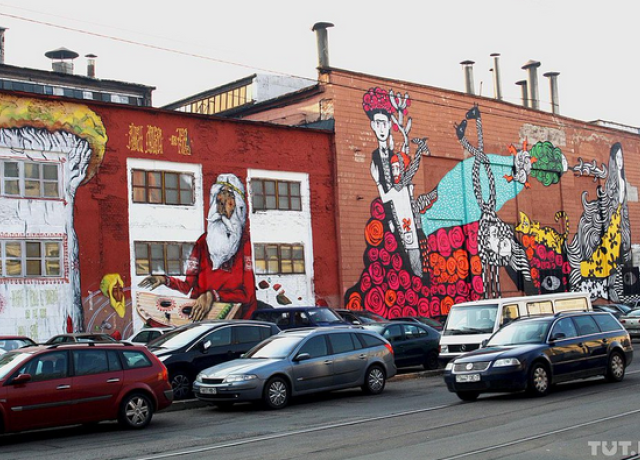Preserving the Industrial Heritage Increasingly Relevant and Urgent in Belarus
Preserving the Industrial Heritage Increasingly Relevant and Urgent in Belarus
Together with the rest of the member states of European Cultural Convention, Belarus celebrated 2015 European Heritage Days with an aim of promoting European industrial past. This year’s theme was particularly important for the country, given its changing architectural and economic landscape in recent years.
As suggested by Anton Astapovich, the chairman of the Voluntary Society for Protection of Historical and Cultural Monuments, European Heritage Days was one of the important events that helped raising awareness about the valuable cultural objects in the country.
“Valuable objects disappear, because many of them do not have the status of historical and cultural sites of Belarus. For example, travelling around Belarus, one notice how quickly old mills and breweries disappear,” Astapovich said in a Belsat interview back in October.
Similarly, Natalia Khvir, the head of the historical and cultural heritage protection office at Belarusian Culture Ministry, emphasized the importance of industrial heritage as the main theme of this year’s European Heritage Days. In an earlier interview with Belta, she noted:
“At present, we observe the process of humanization of the public mind. The interest towards national, regional, and world history and culture, including industrial culture, increases. Countries get interested in using their industrial heritage for educational and tourism purposes.”
Additionally, Khvir emphasized the importance of these matters for maintaining historical and cultural continuity in times of rapid historical expansion. This is why the opening of industrial landmarks for the visitors of European Heritage Days in Belarus helps in educating more people on the most valuable cultural and historical objects.
This year, the event took place on 24th September, whereupon multiple sites were opened to visitors. Some of the most attractive tours included an art fair, a graffiti presentation, a photo and vintage car exhibitions, as well as different performances by poets and musicians. The events enabled visitors to get better acquainted with the industrial heritage of their country and as such played an important role in the cultural life of Belarusians.
